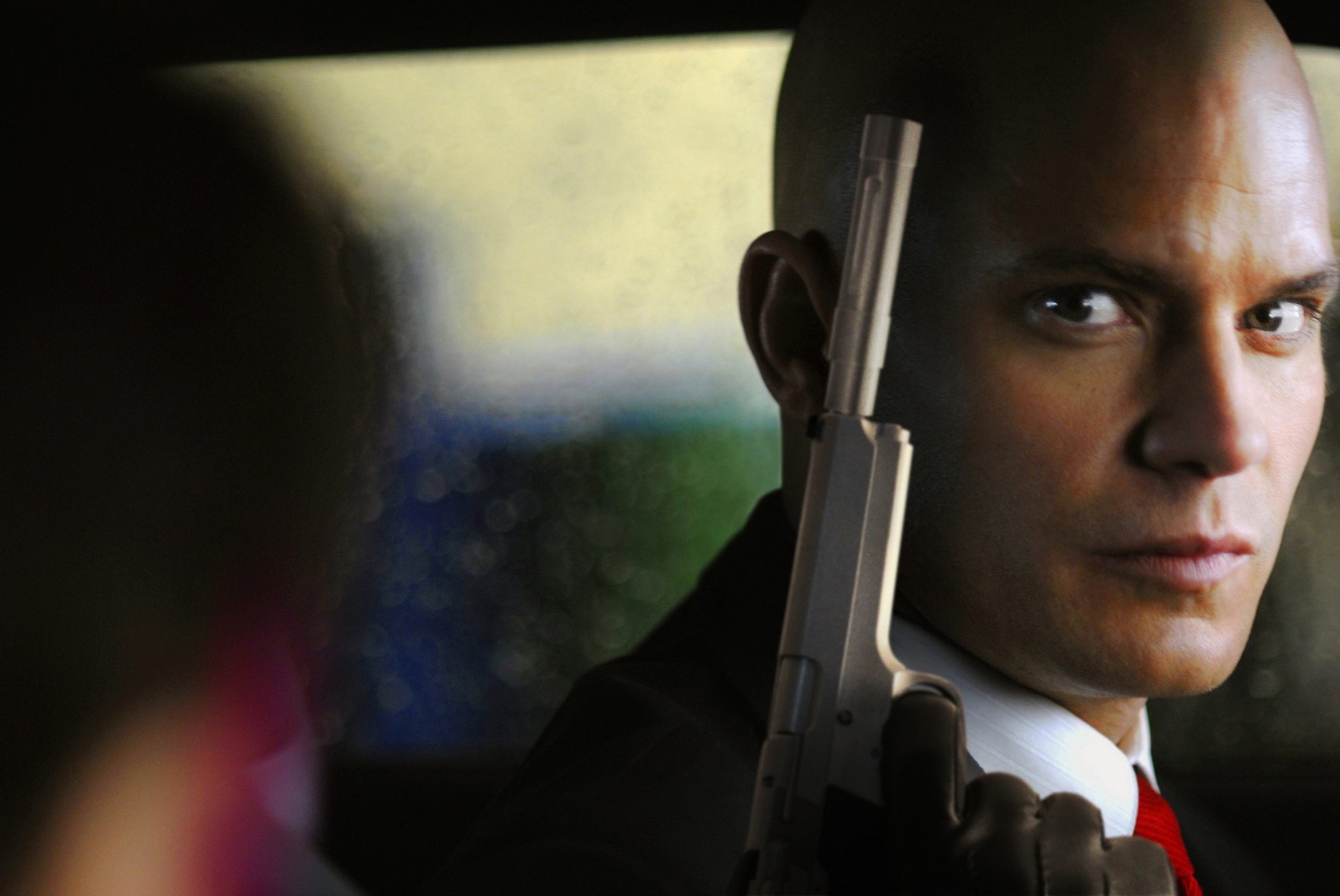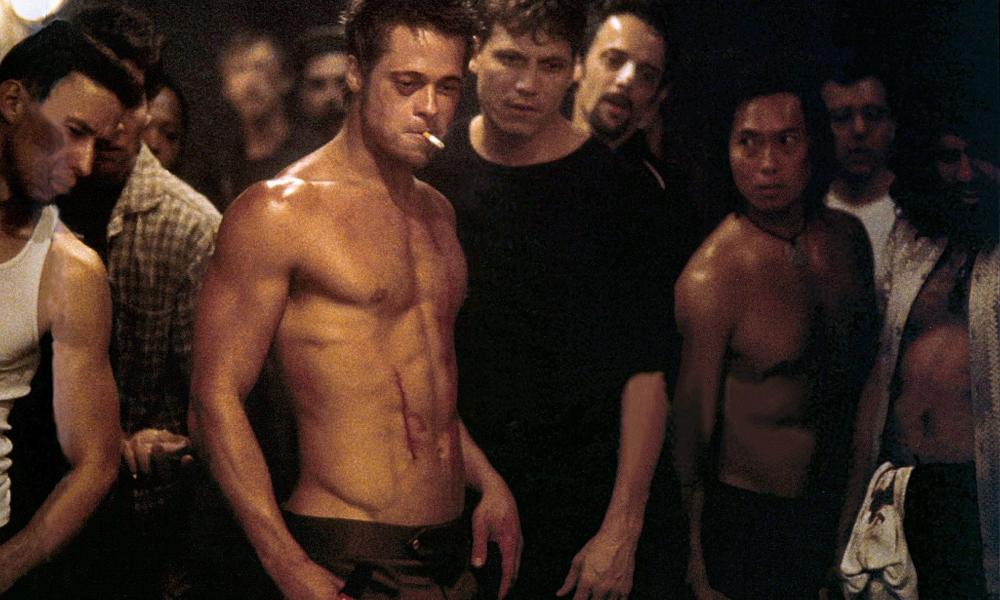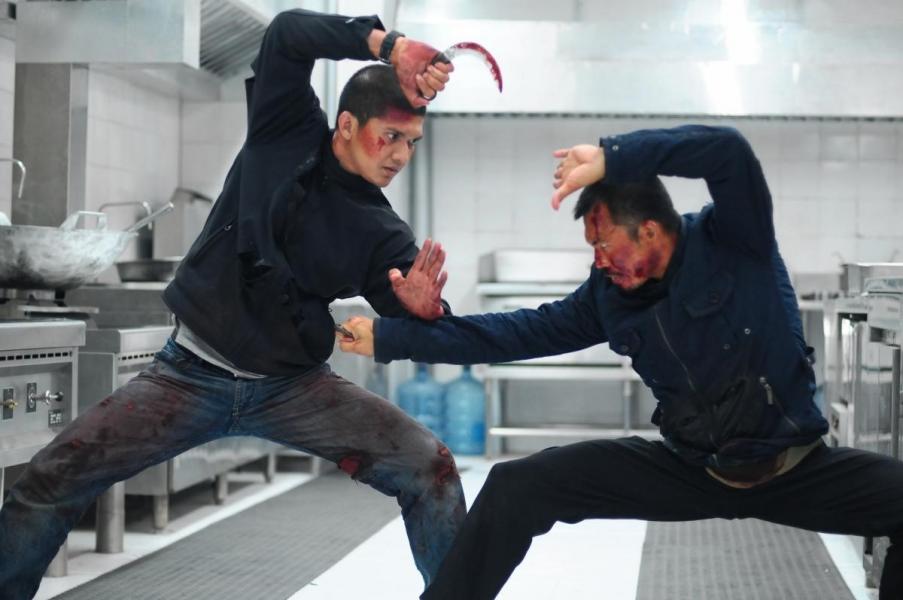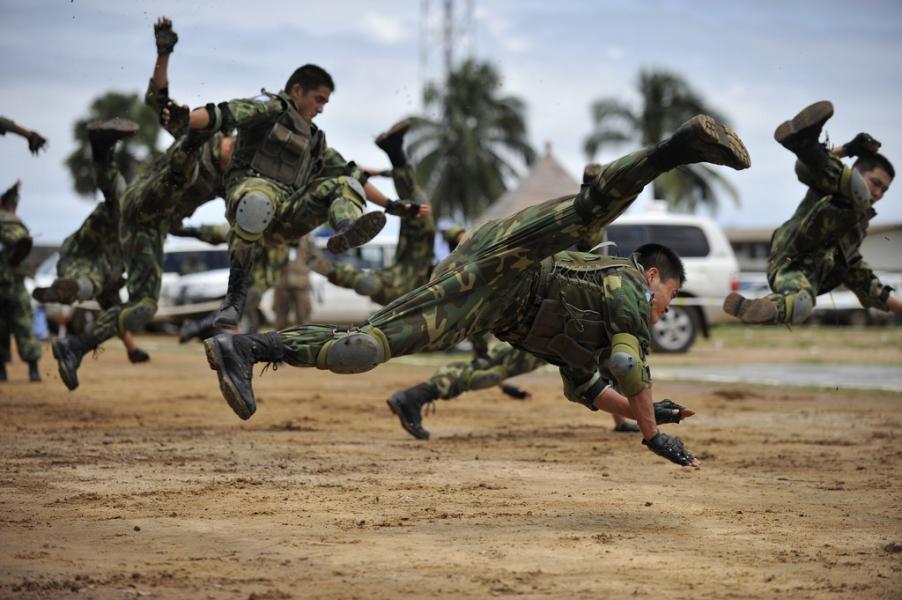
Where will you be when the fighting starts?
Just as fighting has been pivotal to the success of the human species, learning how to fight has been a staple in our development. Name a culture and you can find a fighting style or “martial art” associated with it. Some are centuries old, and others have only been developed in the last few decades. But what is the consistent theme in most martial arts? Lethality. The ability to kill, or maim, an opponent with your bare hands. As humanity evolved and discovered quicker, deadlier ways to fight, combat arts fell out of favor, some adopting a more sports like agenda. Let us have a look at some of the most brutal martial arts, their roots, and how they are used today.
10) Aikido (Japan)
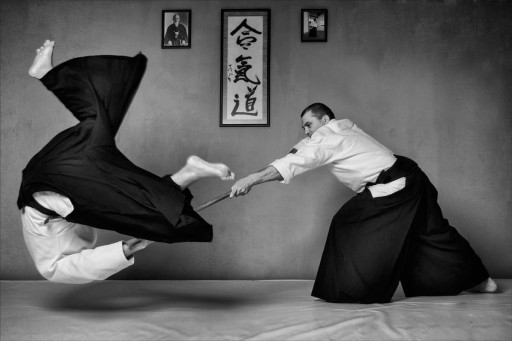
Developed through the 1920s and 30s by a young Japanese martial artist named Morihei Ueshiba, Aikido employs tactical manipulation of an opponent’s movement and momentum to create openings from which to strike or disarm. Many of the strikes resemble bladed attacks, as swords and spears are the root weapon. Several variations of Aikido exist, from weapon styles to differences in underlying philosophy. What puts Aikido in the number ten spot is one of its core principles; avoiding injury to your opponent. Now this may sound contradictory in nature, but consider this: Aikido fighters learn how to modify their moves to avoid injury to the enemy in addition to learning how dangerous the technique is. This sets it apart from other martial arts, as it is built around a principle of moderating its own lethality. It is not uncommon for high ranking martial artists to incorporate Aikido techniques into their skill set due to its versatility. An observant martial artist can turn simple hip throws into bone crushing body slams, or glancing redirections into vital organ strikes. In addition to this, Aikido employs an interesting take on the role of the practitioners. Seen above the Thrower, Nage, performs the technique, while the Receiver, Uke, takes the blow. Aikido emphasizes on the role the Uke plays, teaching them how to take falls, and minimize the damage they would receive. Not only does a student learn to apply dangerous techniques, they also learn how to avoid those same techniques.
9) Savate (France)
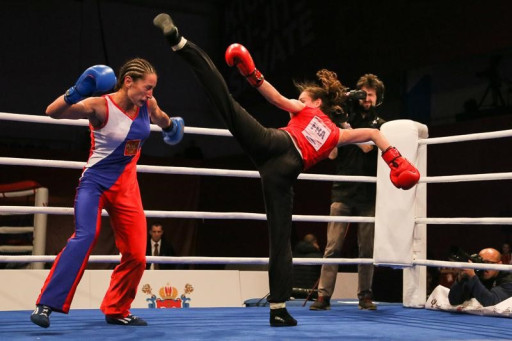
From the streets to the Olympics, Savate was forged by a ruthless mindset.
Many fighting styles have militaristic origins that transition into civilian life. Very few street fighting styles have been readily accepted into sports practice. One of those styles, Savate, embodies the ideal of brutality combined with efficiency. Known also as boxe française, or chausson, it began in the 19th century as a fighting technique developed in the slums of Paris. Later it migrated to the port of Marseilles, where sailors adopted the form. The sailors modified the kicks and strikes, designing them around military concepts. The idea was to be able to use the simple kicks while on a rocking ship, and the open hand strikes while out in the streets, where closed fist strikes were considered a deadly assault. Savate is simple, described as a form of kickboxing, but it is also brutal and to the point. In competition, only four strikes, and four kicks are recognized. Street Savate (Savate de Rue), allows knees, shins and elbows as weapons. Since the style is primarily focused on kicks, the straightforwardness of Savate can be misunderstood. Any martial artist will recognize how a well placed kick can spell doom for your opponent’s ability to retaliate, and Savate specializes in landing those kicks. A broken opponent is a dead opponent.
8) SAMBO (Soviet Union)
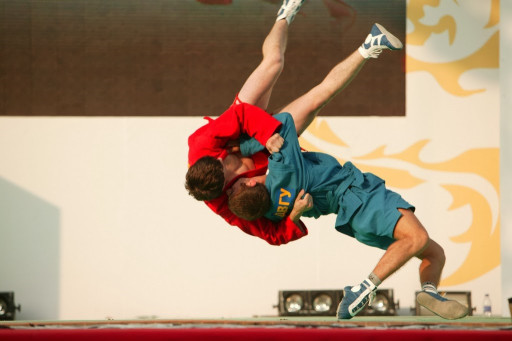
A fighter’s oldest weapons: gravity, and the ground.
An acronym for SAMozashchita Bez Oruzhiya (self-defense without weapons), SAMBO was specifically developed for the Soviet Red Army in the 1920s. In an effort to improve their hand to hand abilities, the Soviet Union tasked Viktor Spiridonov and Vasili Oshchepkov with creating a conglomerate of fighting techniques akin to a Frankenstein’s monster of martial arts. The two worked independently, researching Judo, Jiu-Jitsu, catch wrestling, and traditional Turkish wrestling. Over the years, their pupils and ideas converged their separated work, and fused them into what is now known as SAMBO. True to its militaristic origin, the wrestling techniques are designed for quick incapacitation, rapid counters, and intuitive body control. The end result generally has the fighter in the more advantageous position, able to dispose of the opponent however they have to. Decidedly an effective form of fighting, even today Russian Commandos still use specialized forms of SAMBO.
7) Wing Chun (China)
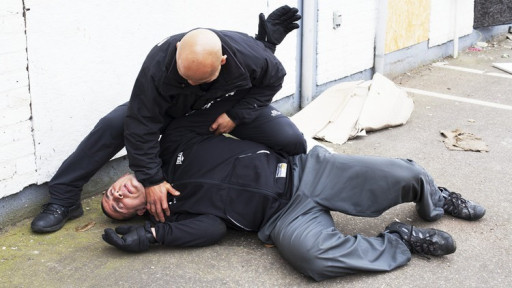
Bring your enemy down, quickly, painfully, and effortlessly.
This legendary martial art’s origins have been intentionally shrouded in mystery. Due to its inception during the Qing Dynasty, the originators would not want to be known publicly. Wing Chun is described as a defensive martial art, designed around the concepts of close combat, and evading grasping opponents. The strikes are quick, and pack power, with emphasis on striking an opponent on their “blindside”, where they would only be able to retaliate with one arm. The Wing Chun fighter has some disadvantages, as do all martial arts, but the style makes up for them in the simplicity of its proces. Without focusing on offence defense becomes flawless, efficient, and sometimes even agonizing for the attacker. No energy is wasted, as the ability to counter and devastate an opponent is vital for success. An important factor to consider is the difference in speed and striking distance. Every block is a lead in to strike, the entire art being able to string multiple hits together. This creates a confusing pattern of strong successful strikes that whittle away at the opponent’s stamina. Alternatively, some variations have opted for a grappling approach, weaving through attacks to trap the adversary and perform swift takedowns.
6) Karate (Okinawa)

Karate does not specialize on any specific body part. Your body is the weapon.
By far the most famous example of a martial art, Karate has dominated global culture, and cinema. Adopted from China, and modified by the Okinawan locals, Karate had to undergo a few political changes before it was widely accepted by Japan. Many experts will shout to the skies as to how ineffective karate is, as the moves are robotic, unrealistic, and even useless in real life scenarios. The evolution of the art has proved them right. Karate as we know it today is governed by clubs and organizations that strive to reduce injuries and mishaps occurring while training. Many techniques have been removed or modified to be less dangerous. This does not mean they are forgotten. Find anyone who has been practicing for more than a decade, and they can show you. Karate stands out with its vast array of traditional weapons, incapacitating strikes, and underlying philosophies, but delve deeper and you will find an art that was fined tuned by necessity, and reinforced by continuous improvements.
5) Arnis (Philippines)

Some people play with knives, and others fight with them.
The Philippines are generally regarded as a “Blade Culture” where knives and daggers are commonly kept on one’s person. They are used as tools, weapons, and even status symbols. It should come as no surprise that the culture would have a fighting style built around knives. Arnis is a common name for a family of knife, sword, and baton fighting styles, which can also go by the name of Escrima, and Kali. The premise is simple: everybody can have a knife, so it is best to know how to use it, and defend against it. To emphasize the importance of the knife, beginning students are taught with the weapon first, and later on learn to fight empty handed. Its lethality was exemplified during a US military engagement with Philippine locals. Any fighter, policeman, or service member with a history of street brawls can tell you about the immense danger a knife presents.During its inception many demonstrations would host full contact blade on blade duels, the winners often heralded as legends as their supposed kills increased. Today, those types of displays are illegal, but the lethality of knife combat has not been forgotten. Arnisador also have no ranking system in order to protect fighters from being challenged for notoriety and fame.
4) MCMAP (United States of America)
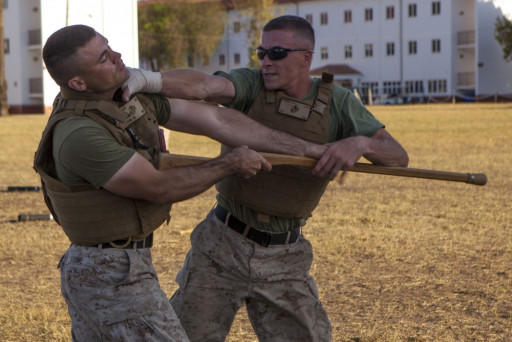
The modern combat skillset for the modern warfighter.
Previously known as “LINE” Training, the Marine Corps’ Martial Arts Program incorporates a multitude of martial arts into one decisive package. The developers of the program found that the original LINE training was lacking in flexibility, and needed an upgrade in the form of escalation. Introduced in 2002, the program is a hybrid of the most effective martial arts known across the globe, with special attention paid to simplicity, and standardization. A 120lbs Marine will be able to apply these techniques in the same manner as a 230lbs Marine. Even protective gear was considered in rebuilding the program, and almost every move can be effectively applied with full combat gear. A truly modernized fighting style, it includes firearms techniques, weapons of opportunity, and a constantly evolving syllabus, updated culturally with the enemies the US is facing. Does your enemy commonly wear body armor? MCMAP develops a move to exploit its weakness. Does he wear unusual clothing that makes certain moves ineffective? MCMAP finds a workaround to maintain the technique. It is truly one of the most comprehensive martial arts styles in existence.
3) Brazilian Jiu-jitsu (Brazil)
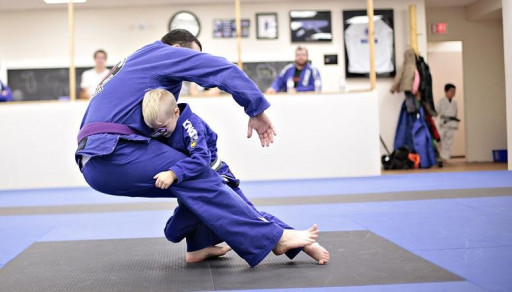
The ground becomes a pivot point in a fight between the strong and the skilled.
Adopted from what became to be known as Judo to the modern world, BJJ is widely known throughout the mixed martial arts circles. BJJ flew under the radar for many years until Royce Gracie repeatedly won tournaments using its techniques. Now they are a staple in the competitive fighting arena, and their introduction served as a reminder that not all martial arts are equal. While many styles focused on powerful strikes, and crushing kicks, BJJ focused on an equalizing factor: superior technique over immense strength. It changed the entire perspective of a fight, and with that came a wave of bone crushing locks and holds. Familiar moves were transferred from Judo, as well as SAMBO, and the rest were developed by the Gracie family. As pioneers to the style, the Gracie Dojos maintain a strict discipline of self defense, retaining its roots as a combat style. Despite that, it is painfully obvious how lethal BJJ is, just by observing its sports variations. It does not take much imagination to see how easy it would be to take an armbar too far.
2) Krav Maga (Israel)

A weapon is only as dangerous as the wielder.
The often mystified and highly regarded combat skill set known as Krav Maga (contact combat) was developed in Israel by Imi Lichtenfeld. After witnessing the anti Semitic violence during the 1930s, Lichtenfeld migrated to Israel and began teaching the Jewish fighters. This landed him a job as an instructor for the IDF (Israeli Defense Forces), and he began constructing Krav Maga. An accomplished fighter in both boxing and wrestling, he quickly realized that while sport fighting was good, it did not realistically apply to real life. He needed a fighting style that resembled the chaos that was real life street fighting. Krav Maga’s slogan (It’s better to avoid than run; better to run than de-escalate; better to de-escalate than fight; better to fight than die) emphasizes the importance of survival. There are no withheld strikes. There are no “soft” blows. There is no escalation of force. Every single move is there to kill, maim, or disfigure the attacker. There is no room for mercy in survival, and giving the enemy another chance is out of the question.
1) Muay Thai (Thailand)

No strike is off limits in Muay Thai.
The national sport of Thailand, Muay Thai, is simply described as ruthless. Elbows, knees, fists, and feet all make up the weapons of the sport. Heavy conditioning exercises are part of the training regimen. Knees and elbows are extremely dangerous. They are hard, tough to block, and there isn’t much you can do to soften the blow. Muay Thai capitalized on these factors, building a historical martial art focused on a military heritage. It is also the pioneer of “clinching”, a standing grappling move that locks the enemies head in place, allowing for knee and elbow strikes to the head, particularly dangerous with no head gear, and no rules on ending clinches. 75% of Muay Thai competition fights end in knockouts, many needing to be stopped by referees due to other injuries. Some fighters are even aware of the deaths directly related to fighting in the ring, but given the sheer number of athletes involved in it as a sport, the death toll is relatively low. With any kind of death toll in a refereed fight, you know that no holds barred equals the most lethal martial art.
Our body is a weapon, to be used as such.
The rigorous process of creating martial arts baffles many scholars, as many spring from seemingly nowhere. The masters of these arts find an unlimited amount of inspiration for their craft, and sometimes are terrified of what they have created. As fighting is one of our most basic instincts, it is natural that we gravitate towards violent, even bloodthirsty methods. But through the grace of human evolution we found reason, and built socially acceptable boundaries around these fighting enhancements, a reminder that the greatest weapon we have is ourselves.
You may also be interested in:
Ranked: 33 Hottest Babes From Fighting Games

